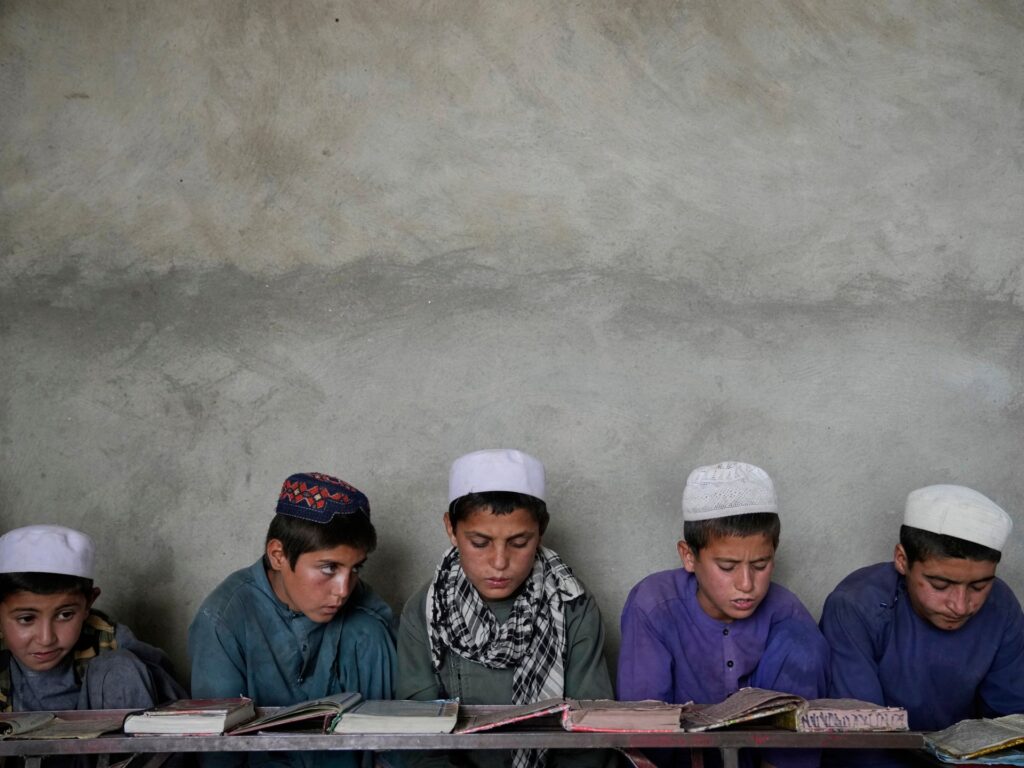In Kabul’s narrow alleys and quiet courtyards, boys dressed in white caps and tunics diligently recite Quranic verses across an expanding network of madrassas – religious schools that increasingly bridge critical gaps in Afghanistan’s struggling education system.
Public schools continue to function, but their effectiveness has diminished due to resource constraints, insufficient teaching staff and the lingering effects of decades-long conflict. Consequently, families are increasingly turning to madrassas, which provide structured education grounded in Islamic teachings. The surge in enrolment is remarkable; one school north of Kabul has expanded from 35 to more than 160 students within just five years.
While most madrassas prioritise Quranic memorisation, Islamic jurisprudence, and Arabic language instruction, some have begun incorporating fundamental secular subjects such as mathematics and English. Nevertheless, many fail to meet national and international educational benchmarks, prompting concerns about their impact on students’ comprehensive development.
For girls, educational barriers are especially severe. With secondary education banned under Taliban rule, some girls attend madrassas as one of their few remaining pathways to learning, though opportunities remain restricted even within these institutions.
Critics argue that madrassas often serve as centres for religious indoctrination, and their growing prominence may significantly influence Afghanistan’s trajectory.
Yet for countless children across the country, these religious schools represent their only accessible form of education.
https://www.aljazeera.com/gallery/2025/8/7/religious-schools-fill-gaps-amid-afghanistans-fractured-education-system?traffic_source=rss


